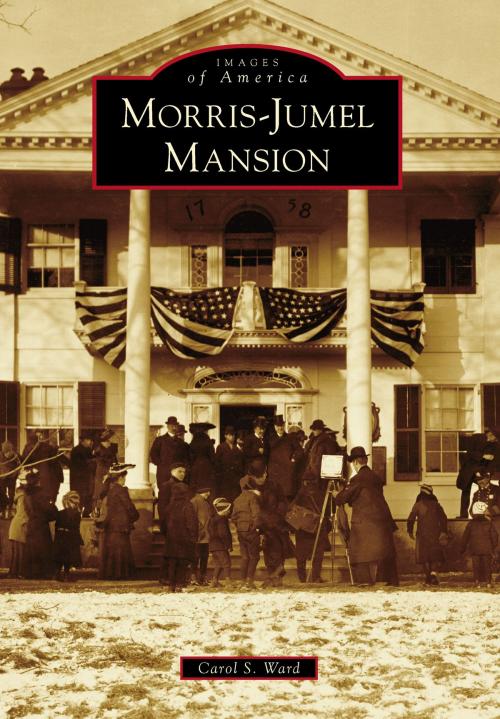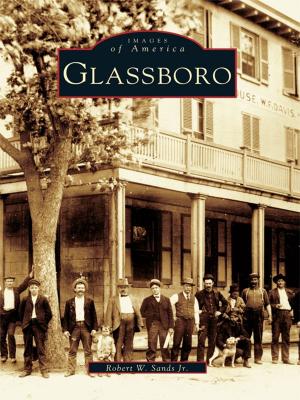Morris-Jumel Mansion
Nonfiction, Art & Architecture, Photography, Pictorials, Architectural & Industrial, Architecture, Public, Commercial, or Industrial Buildings, Travel, Museums, Tours, & Points of Interest| Author: | Carol S. Ward | ISBN: | 9781439652046 |
| Publisher: | Arcadia Publishing Inc. | Publication: | June 22, 2015 |
| Imprint: | Arcadia Publishing | Language: | English |
| Author: | Carol S. Ward |
| ISBN: | 9781439652046 |
| Publisher: | Arcadia Publishing Inc. |
| Publication: | June 22, 2015 |
| Imprint: | Arcadia Publishing |
| Language: | English |
Morris-Jumel Mansion is an engaging look at the history of
Manhattan's oldest residence. Built by Roger Morris in 1765 as a summer estate, it has truly been a witness to history throughout the last 250 years. Located in the upper Manhattan neighborhood of Washington Heights, the mansion sits on a large hill, with sweeping views of both the East and Hudson Rivers. George Washington strategically located his headquarters here during the fall of 1776, but the Jumels, who made the house their home from 1810 to 1895, left the most indelible mark. In 1904, the residence became a museum, thanks to the Daughters of the American Revolution, who saved the house and allowed it to grow with the changing neighborhood. Today, this landmark is a symbol of both the long history of the city and the contemporary face of its now diverse neighborhood.
Morris-Jumel Mansion is an engaging look at the history of
Manhattan's oldest residence. Built by Roger Morris in 1765 as a summer estate, it has truly been a witness to history throughout the last 250 years. Located in the upper Manhattan neighborhood of Washington Heights, the mansion sits on a large hill, with sweeping views of both the East and Hudson Rivers. George Washington strategically located his headquarters here during the fall of 1776, but the Jumels, who made the house their home from 1810 to 1895, left the most indelible mark. In 1904, the residence became a museum, thanks to the Daughters of the American Revolution, who saved the house and allowed it to grow with the changing neighborhood. Today, this landmark is a symbol of both the long history of the city and the contemporary face of its now diverse neighborhood.















